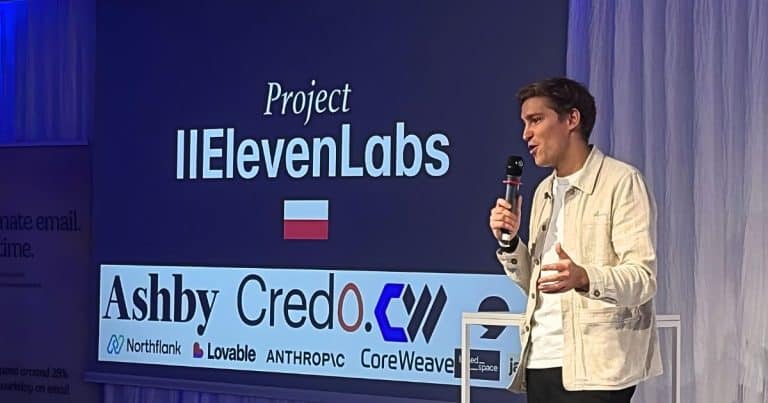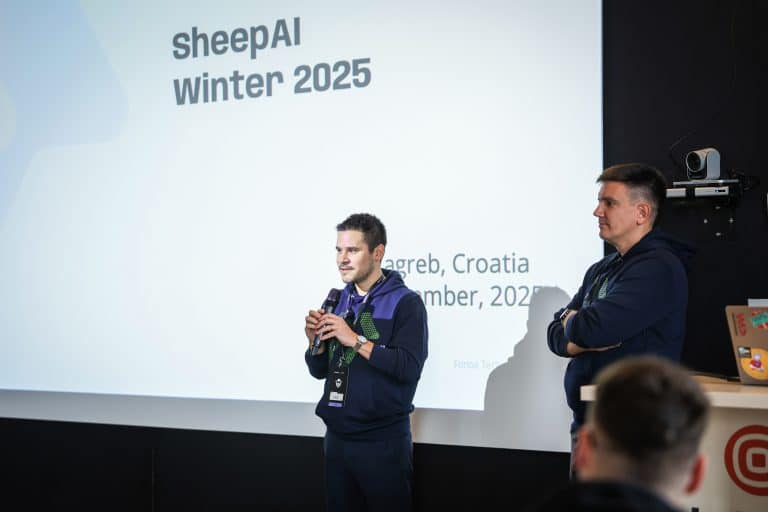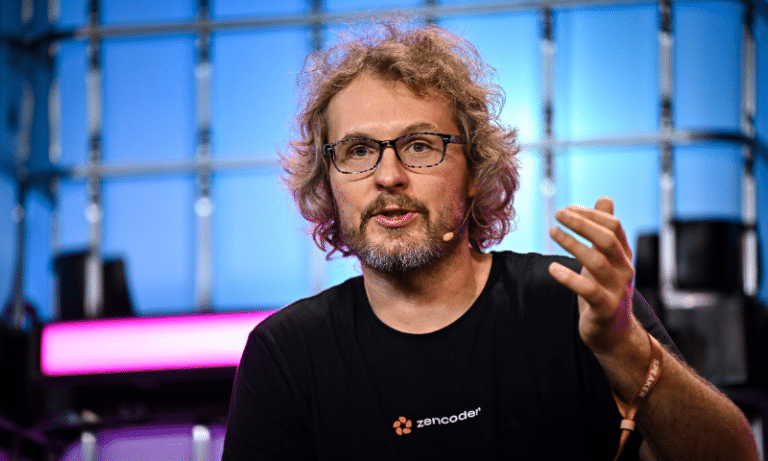$300B Opportunity: 5G APIs Put Networks in Developers’ Hands

The GSMA Open Gateway and the CAMARA open-source project have opened the path for developers worldwide to easily tap into 5G features, bringing the network directly into their code. Discover how to block fraud with secure identity checks, streamline user flows with faster forms, and enhance connectivity with real-world code examples.
The CAMARA open-source project delivers standardized APIs for network functions. Developers can now use network features as easily as any REST API. This is not a pilot experiment. Dozens of operators worldwide already support Open Gateway.
The CAMARA community now counts over 47 companies and thousands of experts. Standardization ensures the same API works across borders and operators. Developers can build applications that scale globally and stay portable and scalable.
At this year’s Infobip Shift conference, the panel “Unleash the Power of 5G in Your Code: Transform Your Apps” highlighted a significant shift for developers — bringing the network directly into their code. Korrey Sutherland (GSMA), Markus Kümmerle (CAMARA), and Cedric Gonin (Orange) shared a clear message: it’s time to unlock the power of 5G networks and put it directly in developers’ hands.

Korrey Sutherland
What 5G Networks Can Do for Applications
The panel showed practical cases of a codable network. In insurance, a user reports an incident, accompanied by a photo and GPS data. The API validates the claim, reducing the risk of fraud.
Infrastructure projects also benefit. Operators can use network data to monitor road conditions or guide new developments. Public sector use cases include identity protection and safety measures for children in schools.
One of the most powerful demonstrations came from remote vehicle control. A car in Finland responded in real-time to commands sent from Barcelona, over 3,400 kilometers away. The 5G network and API enabled this with ultra-low latency and reliable connectivity.
Cedric Gonin from Orange added business examples. Companies now process requests more efficiently with APIs, including digital document checks and real-time risk assessments in insurance.
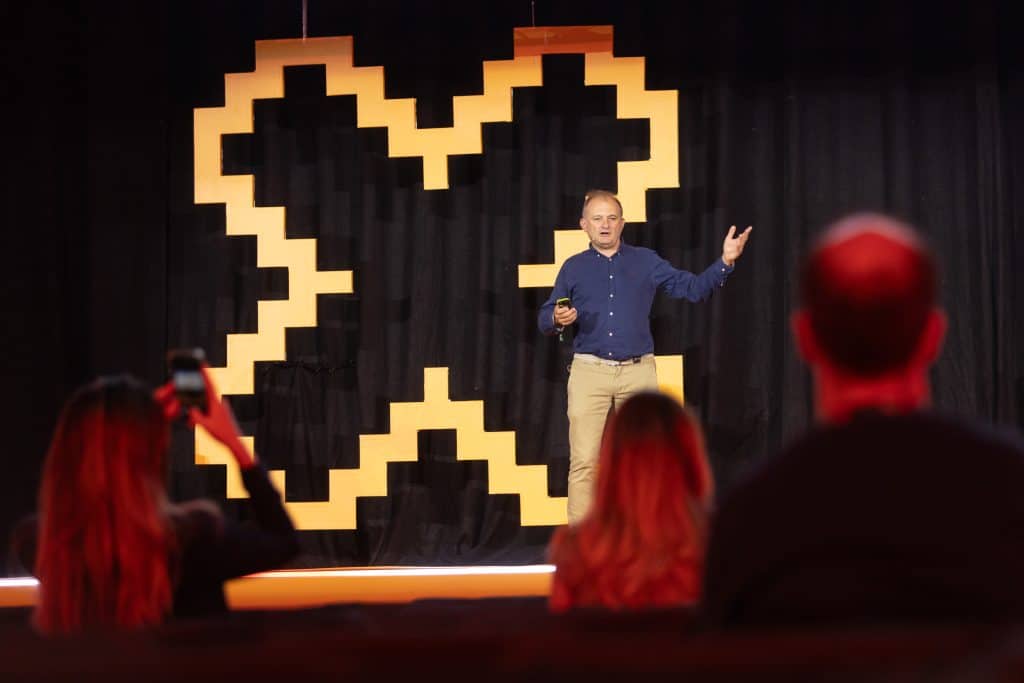
Cedric Gonin
Behind all this progress stands CAMARA. As an open-source project under the Linux Foundation, it standardizes APIs and hides complexity. Developers don’t need to study network architecture or operator differences.
They utilize simple interfaces that are compatible with any device. The result is application portability, faster launches, and entirely new user experiences. The network no longer acts as background infrastructure. It becomes an active tool inside applications.
From Vision to Reality
What once sounded like a vision is now a reality in practice. GSMA Intelligence reported that by mid-2025, over 70 operator groups with nearly 300 networks had joined Open Gateway.
That accounts for approximately 80 percent of the global mobile market. Meanwhile, CAMARA expanded its API library to dozens of use cases. These include identity, location, authentication, quality-on-demand, and edge computing.
Some countries already deploy these APIs. In the UK, operators rolled out age verification and SIM swap protection. In Indonesia, telcos use unified API standards for device security and validation. Developer portals now display which APIs are supported in which countries. Interactive maps, clear docs, and testing tools lower the barrier to entry.
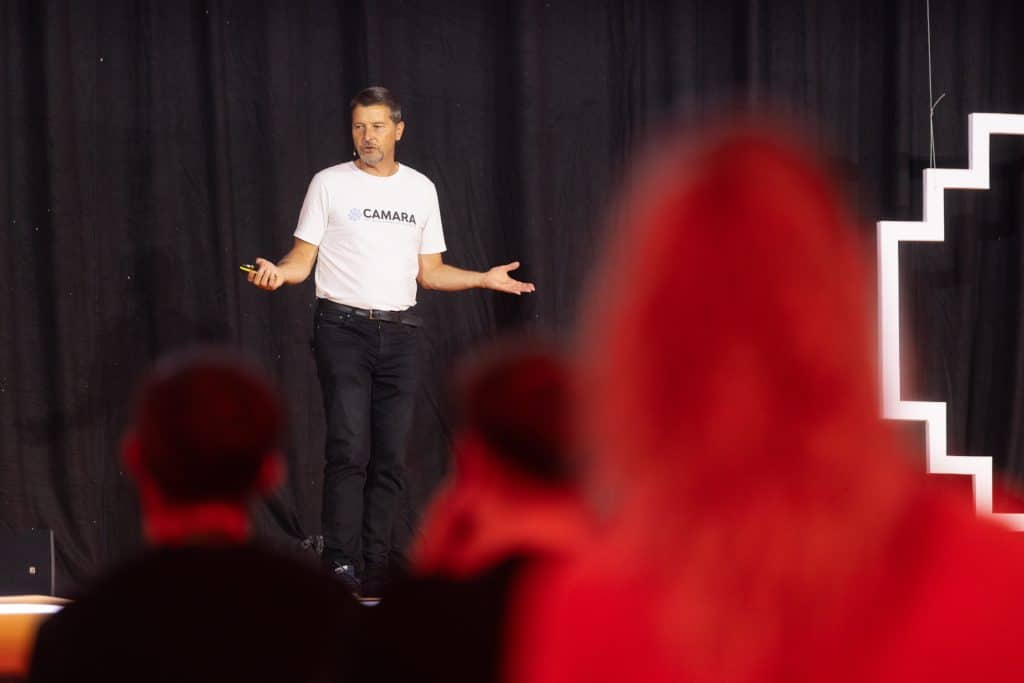
Markus Kümmerle
Developers can focus on value and innovation instead of struggling with network integration. The message is clear. The network is open.
Developers must seize it. With GSMA Open Gateway and CAMARA, applications no longer rely only on the cloud. They can now tap directly into the network. It’s time to unleash the network in your code. Only then will applications reveal what 5G networks can achieve in practice.
Want to know what else was discussed at Infobip Shift at Zadar in 2025? Find out here!


